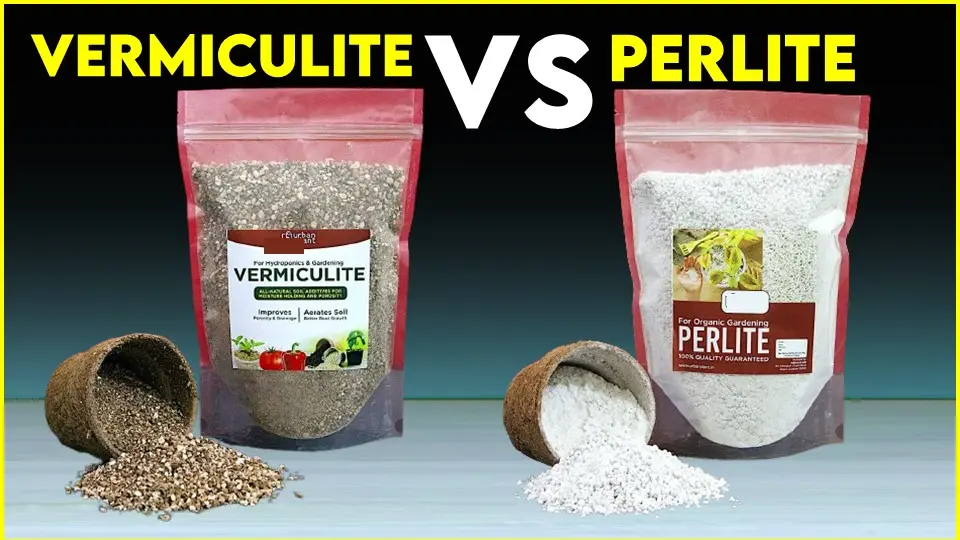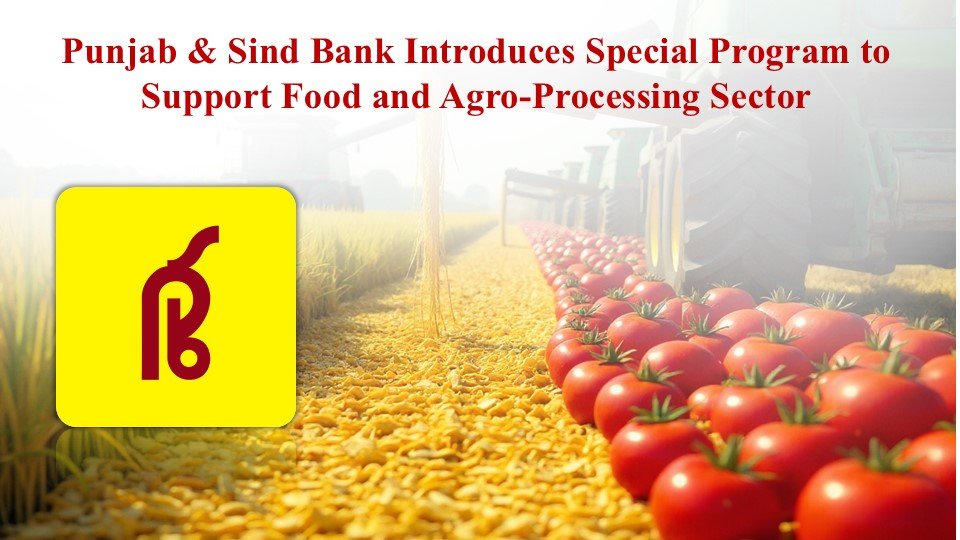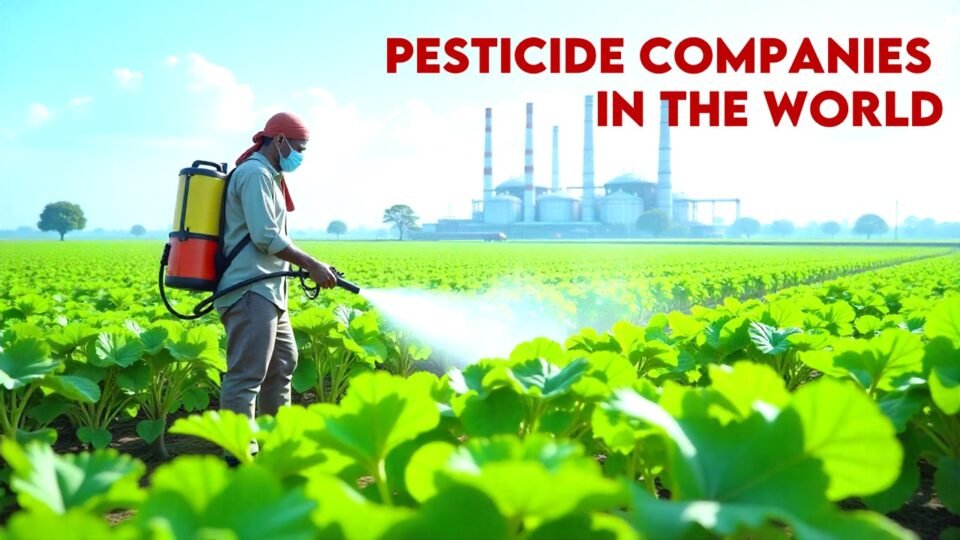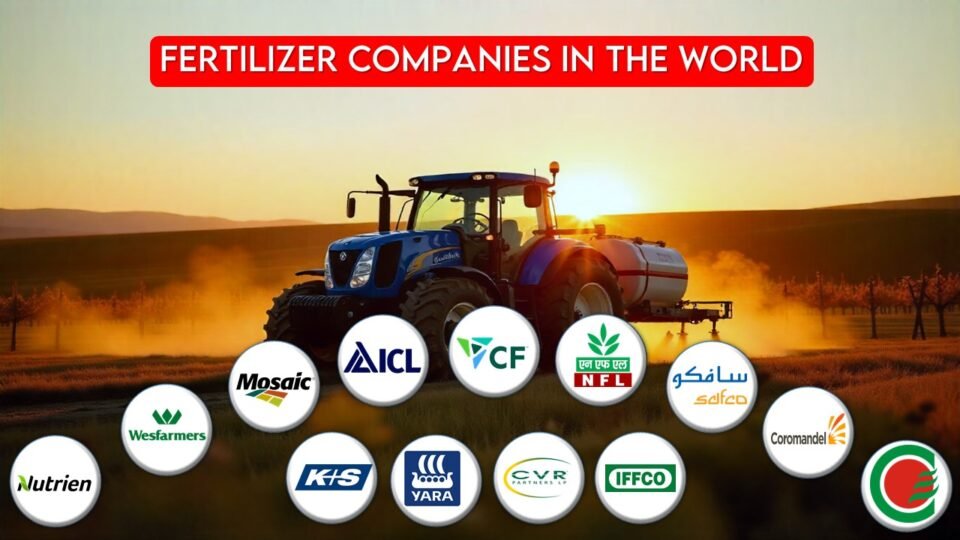When it comes to the differences between Vermiculite Vs Perlite, they both are excellent replacements for soil if one is looking for a supplement to enhance the composition of your existing soil. In addition to professional gardeners and nursery workers, they are often added to soil mixes to improve seed germination success and promote quick root growth from cuttings.
Because of their remarkable moisture retention and drainage attributes, which allow them to release water according to the needs of the plant, they can also be quite helpful in minimizing plants from being excessively watered and dying from root rot.
They vary slightly from one another in terms of their origins, traits, applications, and advantages. We will compare the features, benefits, and uses of both of them in the article to help one figure out which one would be more appropriate for the plants. Here is a thorough explanation of it.
What is Vermiculite ?
A naturally occurring mineral, vermiculite is found in the form of shiny flakes with colors that vary from dark gray to sandy brown. These flakes—more accurately, a hydrated magnesium iron aluminum silicate mineral—heat up in a commercial burner built specifically for that purpose.
This particular type of vermiculite is mainly employed in gardening to help seedlings root quicker or to enhance the quality of the soil.
Raw vermiculite is obtained from the soil. After that, it is exfoliated and subjected to high pressure and heat. It is cleaned and made larger by this method. The product obtained is a clean, fluffy material that one may use for several purposes to boost root growth. Vermiculite does not have any extra fertilizer, but it contains minerals that are helpful for plants.
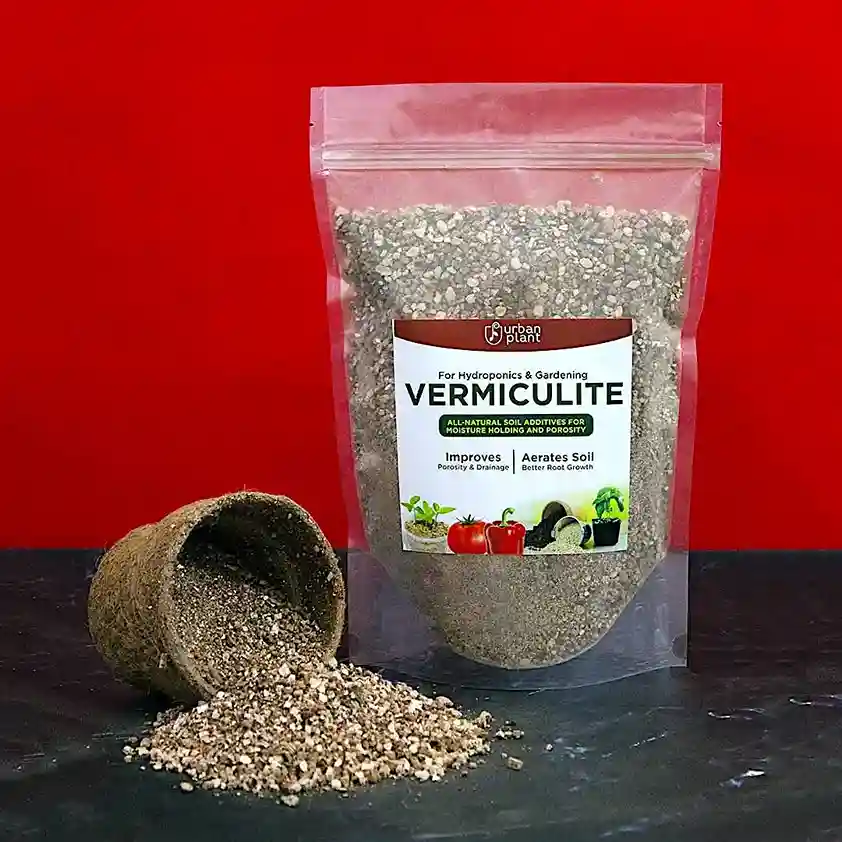
Use of Vermiculite in Gardening
- Improvement in Soil Type:
The kind of vermiculite that is produced especially for use in gardens is always exfoliated vermiculite. The various essential properties present in it may help the plant’s roots to grow fast and improve soil fertility. It has a neutral pH, expanding type, moisture- and nutrient-retentive, lightweight, non-toxic, and sterile. Moreover, It is also not susceptible to rot or mold.
- Use in Root Cuttings:
Professionals in the horticulture industry frequently apply vermiculite to root cuttings. It can be used in a variety of ways, such as by itself, in combination with soil, or as a component of a soilless potting mixture with bark.
Propagating a cutting with vermiculite will encourage new root anchoring and promote root growth, whether it is used alone or in combination. Vermiculite is the ideal medium to use if one wish to promote a faster root cutting and a higher propagating success rate.
- Helpful in Seed Germination:
For better seed germination, vermiculite may be considered added to potting mixes or used on its own. When vermiculite is used for this reason, seedlings will develop quickly. Add very little water if using alone so as not to drown the seeds.
The moisture will be delivered into the seedlings by the vermiculite as required. Once leaves develop on the seedlings, the grower should also add a few drops of moderate fertilizer to replace the nutrients that the soil would normally supply. The seedlings can be just removed from the vermiculite and potted on when they are prepared to be transplanted outside with no risk of any damage to their roots.
Use of Vermiculite in Hydroponics
Vermiculite is used in hydroponic farming, which is basically growing without soil, in a variety of ways. Even while hydroponic gardeners are not using soil, they frequently employ other elements that help in their plants’ growth.
In various circumstances, such as seed germination or rooted cuttings, vermiculite is used in place of soil. in this situation, It helps control moisture levels and encourages faster root growth.
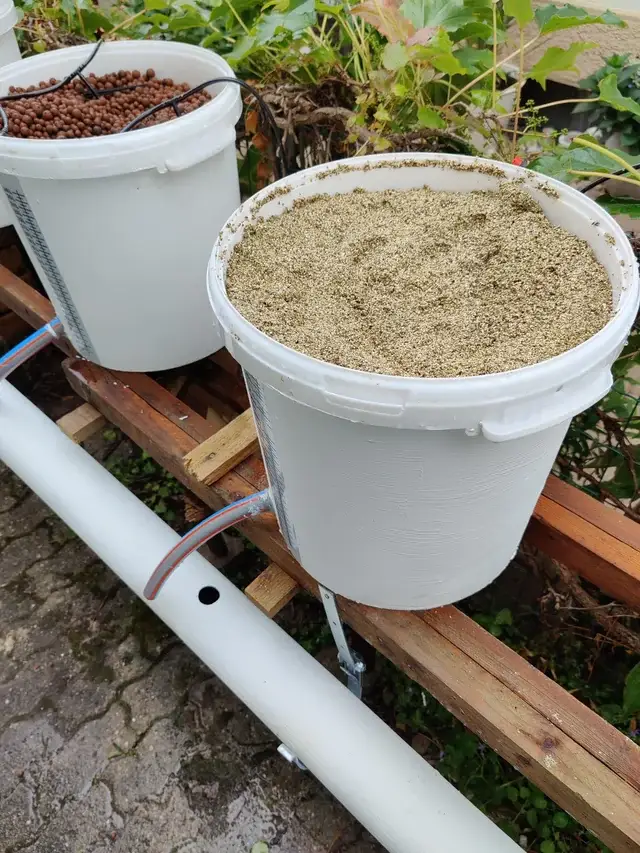
Controlling moisture is especially important for young plants since their root systems are weaker and therefore they are more prone to rot. Since vermiculite stores moisture, which flows out when the roots require it, this problem is easily avoided and the grower won’t have to pay as much for watering the cuttings or seedlings.
Vermiculite alone simply will not provide plants the nutrients they typically acquire from the soil; one has to add fertilizer.
Plants are able enough absorb elements like calcium, potassium, and magnesium with the help of vermiculite. Furthermore, it also has the potential to generate customized hydroponic growing media when combined with other non-soil materials like pumice and perlite.
Also Read
What is Perlite ?
Perlite is also extracted from rock and then subjected to high heat and pressure until it swells, much like vermiculite (which is similar to popcorn). It turns into a horticultural product valued as a soil amendment after this process has been completed. However, when it comes to perlite, it has a different look from the vermiculite: it’s heavy and white. Perlite has a distinct constitution, similar to that of Styrofoam.
At home improvement shops, perlite can be purchased in bags. Two and four cubic feet are typical quantities. Larger bags of perlite, which are bought in bulk by professional growers, might prove a little heavy for average consumers.
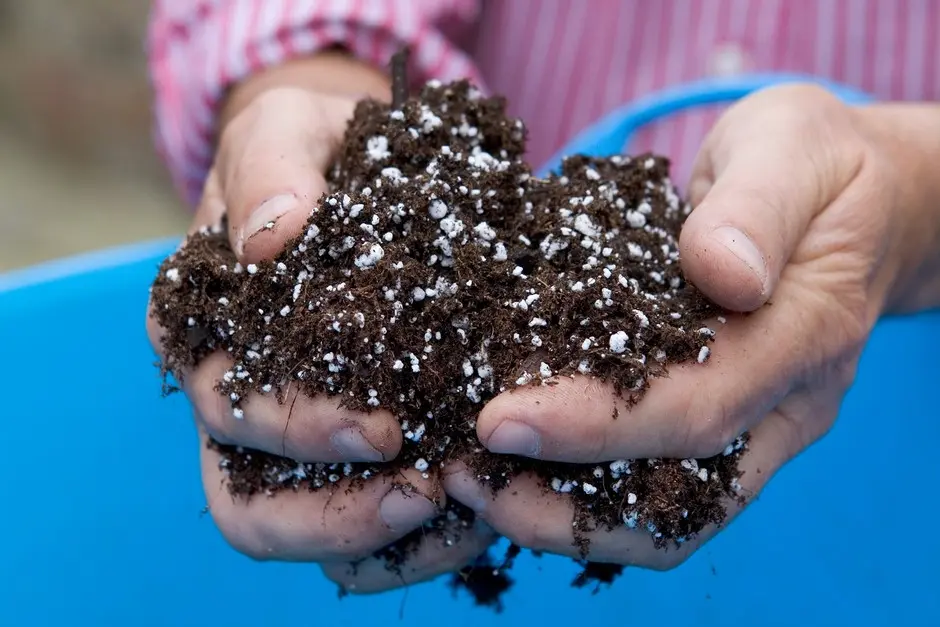
How Perlite Benefits the Plant?
Perlite is light-weighted, which helps to increase drainage and improves the amount of oxygen that reaches plant roots. Perlite’s goal is to alter the soil’s structure for improved drainage rather than to nourish plants because it provides no nutritional value. Although, it is used in planting beds and pots as a soil additive.
Many plants experience root rot as a result of moist soil, which is because perlite is a suitable soil additive that encourages drainage. The small white bits that one discovers on removing the potting mix from a hanging pot at the peak of the growth season represent a picture most gardeners are familiar with.
Uses of Perlite in the garden
- Improving the drainage of soil in potted plants and gardens.
- Increasing the aeration of potting soils in containers.
- Creating lightweight soil mixtures for raised beds or rooftop gardens.
- Incorporating components to hydroponic systems to enhance aeration and water retention in the soil.
- Integrating with peat moss or compost helps start propagate seeds.
- Lightweightedness: Since perlite is so light, it prevents soil compaction and makes it easier for roots to obtain oxygen.
- Enhanced Drainage: The porous nature of perlite makes it easier for water to flow out, keeping the soil from becoming waterlogged and reducing the chance of root rot.
- Insulation: Perlite acts as an insulator, keeping roots safe from high temperatures or cold and helping in the regulation of soil temperature.
- Sterility: Perlite can be used in sterile environments like labs and indoor gardens since it is sterilized which means it is free of weed seeds, pests, and illnesses.
Use of Perlite in Hydroponics
Perlite applied as a medium for cultivation in hydroponics or without soil needs to fulfill specific requirements. Although improvements, not all of them are suitable.
Therefore, this perlite is required to come from mines where the initial material doesn’t include any iron, sodium, chlorine, or other potentially crop-harming particles. During the manufacturing process, the product is the highest-quality perlite, which is suitable for soilless cultivation but not for usage in construction or insulation.
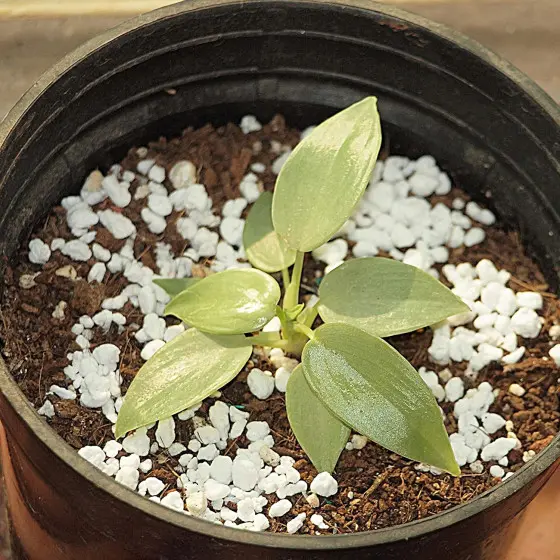
Vermiculite vs Perlite: Key Differences
Natural mineral additives including perlite and vermiculite exhibit many of the same characteristics, like they both have their usage in horticultural crops by enhancing the quality and texture of the garden soil, particularly by promoting aeration. In comparison to vermiculite vs perlite, perlite has no smell, is lightweight, and is simple to handle and clean. The pH varies in the range of 6.6 to 7.5.
Another very important purpose for perlite is the way it reduces soil compaction. Its low weight and airiness help to keep soils better broken up.
Compressed, dry flakes of an absorbent, spongy silicate substance are used for the production of vermiculite. Vermiculite ranges in color from golden brown to dark brown, and it is sometimes difficult to distinguish it from the potting soil it is combined with. Vermiculite flakes develop into worm-like shapes when water is added, acting as an absorbing material sponge. While vermiculite is better at storing moisture, perlite is believed to be more effective at aerating soil. Because of its greater expansion potential, the former may retain more moisture in its structure.
Since both vermiculite and perlite have advantages to plant growth, many gardeners combine them in their particular gardening mixes. Vermiculite is more suited for plants that require regular moisture, like ferns, while perlite is better suited for succulents and other plants that prefer a drier growing medium. This is because the two materials have different capacities to retain moisture.
Because perlite is so light in weight, it will float away and be futile when used in hydroponic farming. When paired with soil, it is still challenging to utilize because it can float to the top of pots and beyond the edge when they are watered. While vermiculite possesses an ability to weigh more, it works well in larger pots that need more weight to keep them from flipping over.
When should i use vermiculite and Perlite
The reasonable option for a soilless potting mix that has to hold water is vermiculite. Use it, for example, in hanging pots containing needy plants like impatiens. It’s a great choice for planting beds since sandy soils lose water rapidly.
So, for the information regarding vermiculite vs perlite, perlite is very good with aerating. Therefore, use it as a soilless potting mix for plants like succulents that need good drainage and are drought-tolerant.
So, there is no such issue on the differences between both. One can find themselves using both vermiculite and perlite for specific gardening activities. If one wishes to start the growing season early and save money on seed, vermiculite is the best option to use for indoor seed beginning.
Also Read
Wind Up
Multipurpose mineral additives like perlite and vermiculite have special advantages for horticulture, gardening, and other uses. Vermiculite is excellent at retaining water and nutrients, and encouraging root development, whereas perlite is great at drainage, aeration, and enhancing soil structure.
Although they have different functions as soil amendments, both perlite and vermiculite may prove valuable. Vermiculite holds a lot more moisture than either of them, leading to the risk of fungal problems like root rot. In this conclusion part, both are naturally occurring minerals that may be utilized to keep cuttings moist while they still establish roots. For increased soil aeration and optimum drainage, use perlite.
The grower may decide whether vermiculite vs perlite is the best option for his gardening or horticultural pursuits by knowing the specific needs of the plants and the qualities he is seeking from the growing media. Now, from the above information, one is able to answer about the differences between vermiculite vs perlite.
Latest Post
- Top 10 Agricultural Drone Companies in India
- December Issue 2025- Times of Agriculture Magazine
- November Issue 2025- Times of Agriculture Magazine
- Punjab & Sind Bank Introduces Special Program to Support Food and Agro-Processing Sector
- Beyond Classrooms and Gardens: How a Professor Turned His Passion into Purpose
- October Issue 2025- Times of Agriculture Magazine
- Top 10 Pesticide Companies in the World
- September Issue 2025- Times of Agriculture Magazine
- Top 15 Fertilizer Companies in the World


